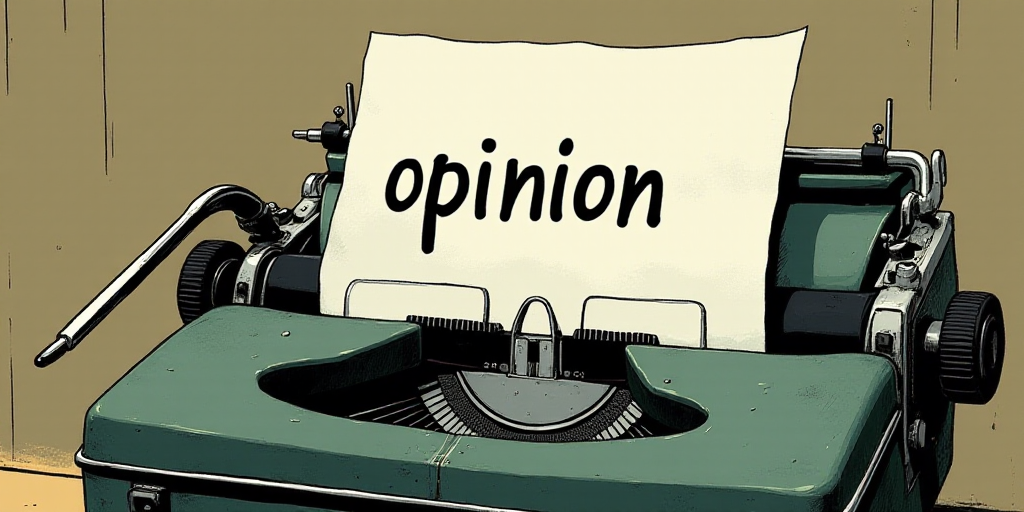Introduction
Plastic waste has become one of the most significant threats to life, infiltrating soils, rivers, and oceans. It degrades and destroys the health and habitats of numerous organisms, impacting human health as well.
The Rise of Plastic Usage
The plastic waste problem began when our needs turned into excess, creating unnecessary products with short lifespans. A study by the World Wildlife Fund (WWF) and the University of Newcastle in Australia revealed that humans may ingest up to five grams of plastic weekly through food, drink, and even the air—equivalent to a credit card!
Plastic is an affordable, durable, and flexible material integral to modern life. It’s found in packaging, household items, vehicles, clothing, and beauty products. The issue isn’t plastic itself but its overuse and disposal methods.
The Extent of Plastic Waste
An estimated 280 million metric tons of plastic products, especially single-use ones, end up in landfills annually. Worse, these plastics contaminate and degrade marine environments and pristine Earth locations.
Oceans contain four times more plastic waste than land, with 80% originating from terrestrial sources—carried by rivers and streams from our towns and cities.
Billions of plastic fragments float in the oceans, and marine organisms consume or become entangled in plastic, leading to fatalities—an unforgivable situation.
Mexico’s Efforts to Combat Plastic Waste
The Mexican environmental agency, Semarnat, is developing a circular economy policy to improve natural resource use and reduce urban waste. They’re also preparing a continuous beach and coastal cleanup campaign with other institutions, businesses, and civil society organizations.
While cleanup is essential, addressing the root cause—preventing waste dispersal—is crucial. Changing the perception of Mexico as a beautiful yet dirty country is vital to attracting visitors and fostering environmental responsibility.
The Need for Change
Today, it’s crucial to recognize that single-use plastics in our daily lives cause severe negative impacts on wildlife and human health. Eliminating single-use plastics like PET bottles, trays, cups, and bags is necessary for a commitment to life—our own and that of other living beings sharing our planet.
Key Questions and Answers
- What is the main issue with plastic waste? The primary concern is not plastic itself but its overuse, improper disposal, and the resulting environmental damage.
- How much plastic do humans ingest weekly? Humans may consume up to five grams of plastic per week through food, drink, and air.
- What percentage of ocean plastic originates from land? Approximately 80% of ocean plastic comes from terrestrial sources.
- What is Semarnat’s role in addressing plastic waste? Semarnat is developing a circular economy policy and organizing beach cleanups to combat plastic waste.
- Why is changing perceptions about Mexico important? Altering the image of Mexico as a beautiful yet dirty country can encourage environmental responsibility and attract more visitors.






